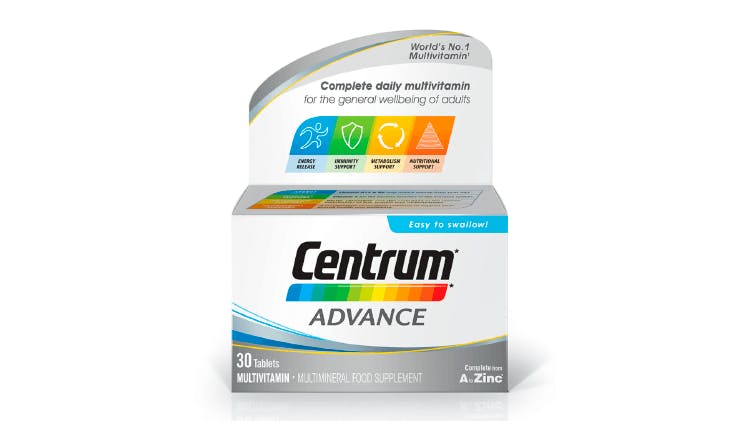Nutritional Support – Reasons for reduced nutritional intakes

Understanding Nutrition Status
Customers who follow a restricted or low-calorie diet, have a poor appetite, or face challenges that prevent them from accessing adequate amounts of nutritious foods may find it difficult to meet suggested nutrient intakes with diet alone. Insufficient calorie consumption could limit nutrient intake, but even with a sufficient food supply and adequate calories, low intakes of some vitamins and minerals can result when individuals choose to eat foods that differ significantly from dietary guideline recommendations.

Shortfalls in Micronutrients
Eliminating or skimping on one or more food group for any reason can lead to shortfalls in micronutrients.1 For example:
- Low intake of fruits and vegetables (Vitamins A, C, and K, and potassium).
- Inadequate dairy food (calcium, magnesium, phosphorous, potassium, and possibly vitamins A and D).
- Low, or no, consumption of meat, poultry, seafood, dairy, and eggs (iron, zinc, choline, and vitamin B12, and possibly vitamin D)
- Avoiding fortified grains (iron, vitamin B6, vitamin B12 and folic acid)
Nutrient needs increase at certain stages of life, including vitamin D after age 65, potentially presenting challenges to good nutrition. In addition, impaired nutrient absorption and utilization and interactions between food constituents and nutrients (such as phytate and zinc) may lead to poor micronutrient status.2

Impact on customer quality of life
Sub-optimal micronutrient status, which can be known as hidden hunger, sometimes occurs when vitamin and mineral intakes are borderline or below the recommended intake and may not also be sufficient to support ongoing good health.
One study which looked at micronutrient intakes of British adults across mid-life, based on the UK National Diet and Nutrition Survey, found that some young adults in their 20s had significantly lower intakes of 8 micronutrients including vitamin A, vitamin B6 and B12, calcium and iron compared with adults in their 30s and 40s.3
Understanding Nutritional Needs
Recognizing poor nutrition
Learn more about populations likely to experience reduced vitamin and mineral status.
Overview of nutritional needs
Find out more about how good nutrition can be related to overall health and wellness.
The Centrum Range

Centrum Advance Multivitamin
A daily Multivitamin supplement that helps customers ensure they are getting the nutrients they need.*
*Contains vitamin D which contributes to the normal function of the immune system

Centrum Advance 50+
Helps support the nutritional needs of adults 50 years of age and older.*
*Contains vitamin D which contributes to the normal function of the immune system.

Centrum Women 50+
Designed for women 50 years and older.*
*Contains vitamin D which contributes to the normal function of the immune system.